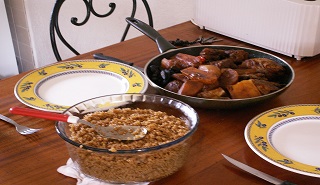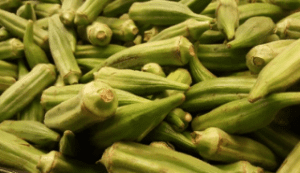According to the legend, thieboudienne was created, or at least made famous in its current form by a renowned cook of the nineteenth century named Penda Mbaye. There are few traces and verifiable sources of this famous Penda Mbaye but many oral stories talk about her.
Penda Mbaye was apparently a waalo-waalo (resident of the historic Kingdom of Waalo centered on the Senegal River delta, around the city of St. Louis) who made her living by cooking for family ceremonies. One day, she had the genius idea mashing cherry tomatoes to use in her cuisine. The success and fame followed after the end result delighted the palaces of Saint Louis.
The reason why her thieboudienne now affectionately called thiéboudieune Penda Mbaye by Senegalese, became so successful, is largely due to the fact that the city of Saint Louis was a reference in terms of culture at the time. Indeed, Saint Louis (or Ndar in Wolof) was the capital of French West Africa (Afrique Occidentale Française), one of the oldest cities and most important culturally in Senegal .
Speaking of culture and art specifically, do you know what historical event the famous painting by Théodore Géricault, The Raft of the Medusa, on display in the Louvre, supposed to depict?
On July 2, 1816, The Medusa, a frigate carrying the new governor of Sénégal Julien Schmaltz, with 400 people aboard to Saint Louis, sank off the coast of Mauritania, running aground in the sands of Arguin, just north of Saint Louis. It is this tragic episode that was immortalized by Géricault.




